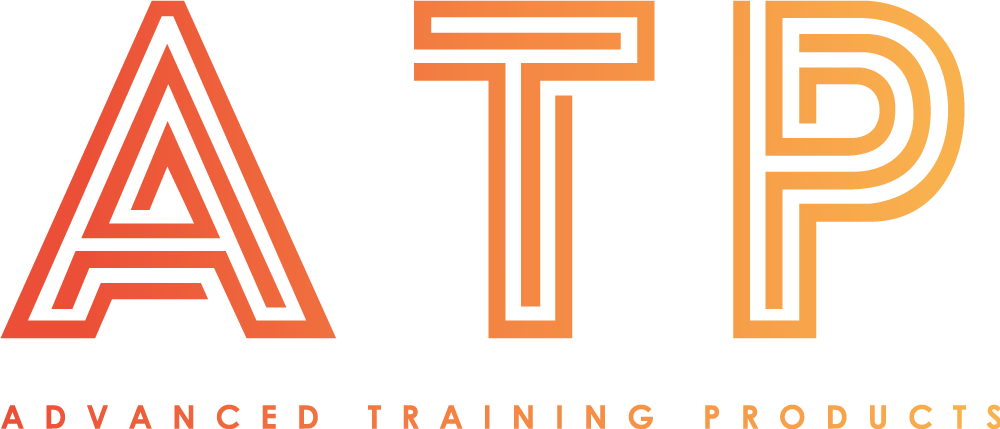White Papers and Press Releases
At Advanced Training Products, we're committed to empowering organizations with the knowledge and tools they need to create safer, healthier workplaces. Our thought leadership resources provide valuable insights into a range of topics, including:
- Total Worker Health® initiatives
- Workplace impairment prevention
- Reasonable suspicion protocols
- Cannabis legalization and its impact on the workplace
Stay informed and stay ahead with our expert analysis and actionable advice.
Keep up with the latest industry news through our press releases below.
Workplace Impairment: Understanding the Safety Risks and Implementing Effective Mitigation Strategies
Workplace safety remains a critical concern for organizations across all industries. While accidents and injuries can occur due to various factors, workplace impairment stands out as a significant contributor to these incidents. Impairment, encompassing physical, mental, or behavioral conditions that diminish an individual's ability to function safely and effectively, poses a substantial threat to workplace safety.
Impairment, whether stemming from substance abuse, fatigue, or mental health issues, can significantly impair judgment, coordination, and reaction time. This impairment can lead to a multitude of safety violations and hazardous situations, increasing the likelihood of accidents and injuries.
Workplace impairment poses a significant threat to workplace safety, increasing the risk of accidents and injuries. By implementing effective prevention, detection, and intervention strategies, employers can mitigate these risks and foster a culture of safety and well-being. A strong workplace culture that prioritizes safety, open communication, and employee engagement is essential for preventing impairment-related accidents and creating a healthier, more productive work environment.
Navigating workplace impairment assessments can be daunting and fraught with potential pitfalls. Certain states like New Jersey have established the role of the Workplace Impairment Recognition Expert ("WIRE") to help address these issues. Advanced Training Products offers an innovative solution: WIRE Certified Training™ - an affordable, online, on-demand training program that equips employers with the knowledge and tools to address impairment confidently. This interactive training will guide you through building a culture of accountability, recognizing key signs of impairment, conducting effective assessments, and documenting findings accurately. Upon completion, you'll gain access to a free online algorithm tool that streamlines the assessment process, generating real-time evaluations and seamless documentation. Take control of your workplace safety and wellbeing with Advanced Training Products, Inc.
Accident Types Associated with Impairment
The types of accidents associated with workplace impairment vary depending on the specific impairment and the nature of the work environment. However, some common accident types include:
- Falls: Impairment can affect balance and coordination, increasing the risk of slips, trips, and falls.
- Machinery-related accidents: Impaired judgment and reaction times can lead to improper use of machinery, increasing the risk of entanglement, crushing, and other injuries.
- Transportation accidents: Impaired judgment and coordination can significantly impact driving ability, increasing the risk of collisions and other transportation-related accidents.
Potential Consequences of Impairment-Related Accidents
The consequences of workplace accidents caused by impairment can be severe and far-reaching. These accidents can result in:
- Physical injuries: Impairment-related accidents can lead to a range of physical injuries, from minor cuts and bruises to severe disabilities and even death.
- Financial losses: Impairment-related accidents can result in significant financial losses for both employers and employees. These losses can include medical expenses, lost productivity, and legal costs.
- Reputational damage: Impairment-related accidents can tarnish an organization's reputation, affecting customer trust and stakeholder confidence.
Implementing Safety Protocols to Mitigate Impairment Risks
Employers can implement various safety protocols to mitigate the risks associated with workplace impairment. These protocols should focus on:
- Prevention: Proactive Measures to prevent impairment include substance abuse prevention programs, fatigue management strategies, and mental health support initiatives.
- Detection: Establishing clear procedures for identifying and reporting signs of impairment, including training managers and supervisors to recognize potential concerns.
- Intervention: Implementing effective intervention strategies to address impairment issues, such as providing support services, offering accommodation requests, and enforcing necessary disciplinary actions.
Role of Workplace Culture in Promoting Safety
A strong workplace culture that prioritizes safety and well-being plays a crucial role in preventing impairment-related accidents. This culture should be fostered through:
- Leadership commitment: Visible leadership support for safety initiatives and a clear commitment to creating a safe and healthy work environment.
- Open communication: Encouraging open communication about impairment concerns, fostering a stigma-free environment where employees feel comfortable seeking help.
- Employee engagement: Involving employees in safety initiatives, encouraging their participation in prevention and detection efforts.
- Continuous improvement: Regularly reviewing safety protocols and procedures, incorporating feedback from employees, and adapting strategies based on emerging trends and evolving workplace conditions.

Works Cited
National Safety Council. (2021). Impairment Environmental Scan Employer Survey Results. Itasca: National Safety Council.
RAND Institute for Civil Justice and RAND Health. (2009). The Effects of Substance Use on Workplace Injuries. Retrieved December 2023, from ILO.org: https://www.ilo.org/wcmsp5/groups/public/---ed_protect/---protrav/---safework/documents/publication/wcms_108415.pdf
Worker Injury Costs. (2021, January 30). Retrieved November 20, 2023, from National Safety Council: https://injuryfacts.nsc.org/work/costs/work-injury-costs/

